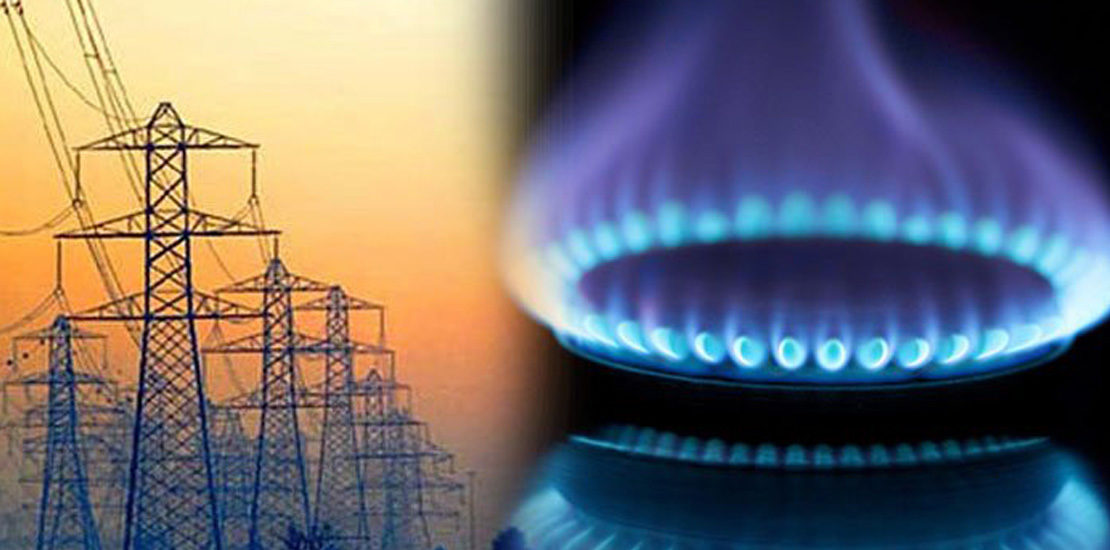NEA response to Ofgem’s RIIO-2 Draft Determinations
Date: 07th Oct 2020

Summary of our response
NEA has extensively engaged with Ofgem and all four GDNs to help shape this price control, and their business plans, through stakeholder meetings, workshops, and through NEA staff sitting on two CEGs as independents.
At the beginning of the process, NEA was pleased that Ofgem’s approach to the new price control was focussed on consumer engagement, and that there was a strong focus on vulnerability. In particular, Ofgem announced three significant and promising proposals regarding vulnerable customers:
- The continuation of the Fuel Poor Network Extension Scheme (FPNES) which can ensure the poorest households are able to heat their homes more affordably
- The creation of a vulnerability licence condition, mirroring SLC0 within the supplier licence conditions, to ensure network companies are proactive in identifying and addressing their customer’s ‘needs’
- The Creation of a Use it or Lose it Allowance (UiLiA) to help provide necessary funding for projects which address consumer vulnerability during the price control
As a result of this emerging framework and our close scrutiny and challenge, NEA have been broadly pleased with how GDNs have taken these three proposals into their business plans. Whilst FPNES delivery targets have been low, Ofgem have looked to address this through providing a higher upper bound to connections, which is welcome. Promisingly, GDNs, in their business plans, put forward at least £47m worth bespoke ODIs which would ultimately provide help for their vulnerable customers. Disappointingly however Ofgem provisionally rejected these proposals with their draft determination. As noted below, these projects would have generated almost £164m in benefit to vulnerable customers (within the price control period), which would have had a total cost of approximately 30p on each annual gas bill. Whilst this draft determination was very disappointing, we believe Ofgem has an opportunity to make key improvements to ensure the final determination works in the best interests of vulnerable energy consumers. These key areas are explored in detail below but in summary they are:
- Ensure there is sufficient headroom within the UiLiA throughout the price control to enable GDNs to continue to support their most vulnerable customers.
- Set out a clear framework for GDNs to act on vulnerability during the price control. This should include a description and cumulative value of the types of activity areas that have been permitted within the ODIs, could be accessed via the UiLiA and/or innovation funding mechanisms
- Set out a clear timeframe for when the vulnerability licence condition, mirroring SLC0 within the supplier licence conditions, will be embed for network companies, for gas networks, this should be in advance of April 2021.
Download our full response below.
© 2024 NEA all rights reserved.

